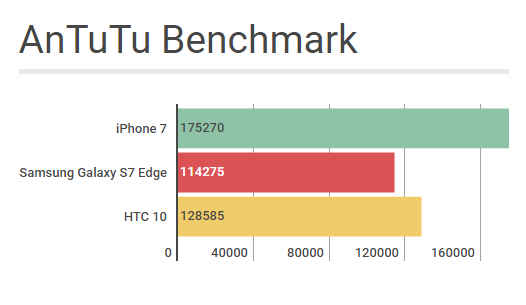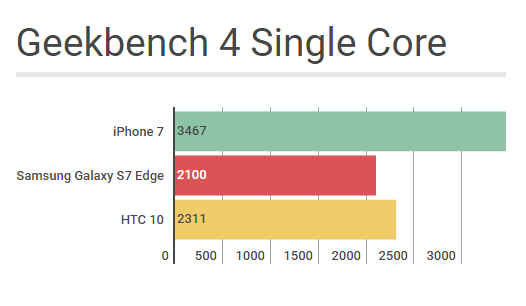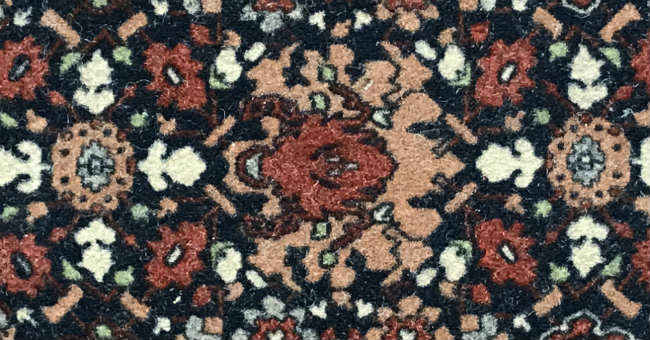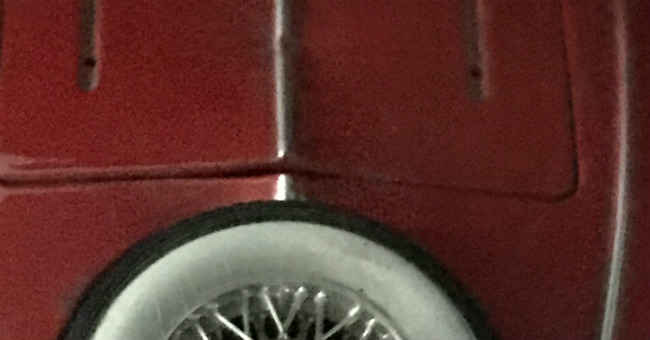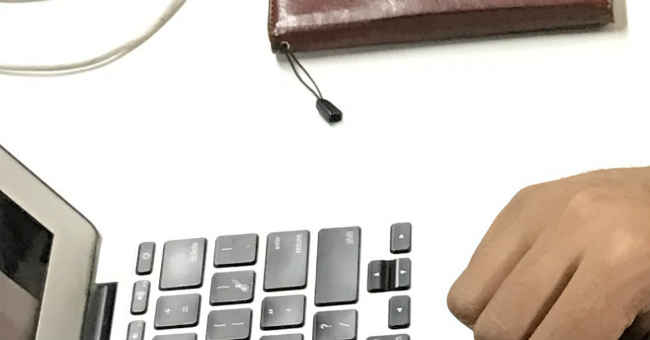Apple iPhone 7: Initial tests and camera comparison with iPhone 6S
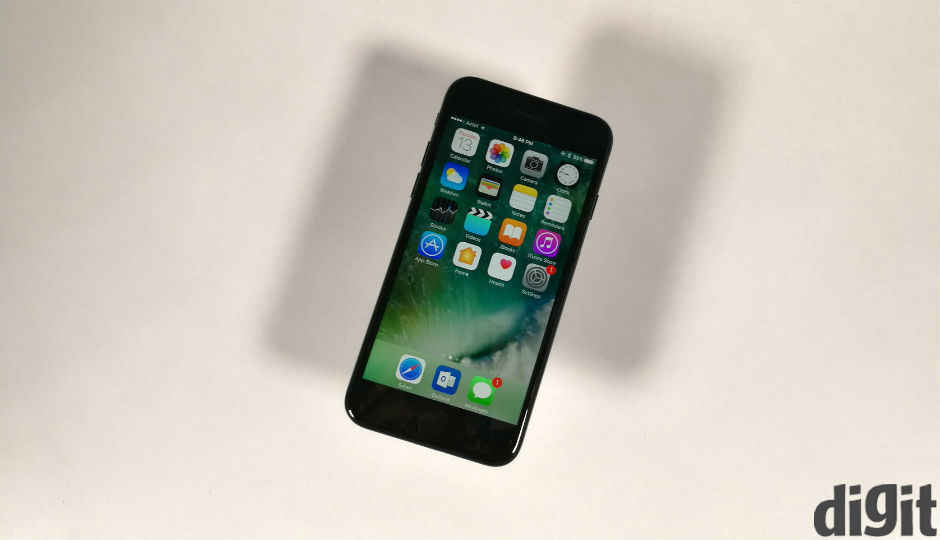
While we figure out whether the iPhone 7 is a worthy upgrade, here's what we've found so far.
Should you buy the iPhone 7? Well, that’s a question we’ll answer post the review. What we can give you right now, is a look at preliminary test results on the iPhone 7. Apple’s latest and greatest comes with a new SoC, OIS and a better display, but does that make it a worthy upgrade from the iPhone 6S? Here’s a quick look at the benchmarks and a comparison between the cameras on the iPhone 6S and iPhone 7.
Performance
Benchmark scores suggest that the new iPhone 7 is faster than any Android flagship. In fact, this is also evident in real world usage. However, the benchmarks put the iPhone 7 well ahead of the iPhone 6S as well. This, though, isn’t as evident on real world usage. If you’re using an iPhone 6 or lower, you’ll notice the difference easily.
Camera
Both the iPhone 6S and iPhone 7 have 12MP cameras, but the iPhone 7 has a new sensor and optical image stabilisation. The phone also has a f/1.8 aperture against the 6S’ f/2.2. This allows better low light performance, while the presence of OIS allows the iPhone 7 to achieve faster shutter speeds.
100% crop, iPhone 6S
100% crop, iPhone 7: The iPhone 7 produces better details, thanks to the new sensor
In the low light images, the iPhone 6S tries to compensate slower shutter speeds by bringing the ISO up to 2000, whereas, the iPhone 7 achieves ¼ second shutter speeds, with 1250 ISO. You can see noise in the iPhone 7’s photos, but it’s lesser than that on the iPhone 6S. However, it is worth noting that the grains on the iPhone 6S are finer in very low light, whereas, the iPhone 7 creates distorted noise. As a result, the photo taken by the iPhone 7 can’t be salvaged by post processing as well as the 6S. Also, the noise reduction algorithms on the iPhone 7 affects colours more than that on the 6S.
Very low light 100% crop, iPhone 6S: You can see finer grains
Distorted grains on the iPhone 7 under very low light
Further, under bright lights, the iPhone 7 sometimes clips highlights and overexposes images. The highlight clipping can be seen in image 9, in the galleries below.
Concentrate on the edge of the Macbook (iPhone 6S)
Highlights clipped by the iPhone 7
However, the iPhone 7 does do better with details, thanks to the new sensor, and low light photos are brighter than the 6S. Not surprisingly, though, the difference between the two cameras is slight, and visible only when images are placed side by side.

